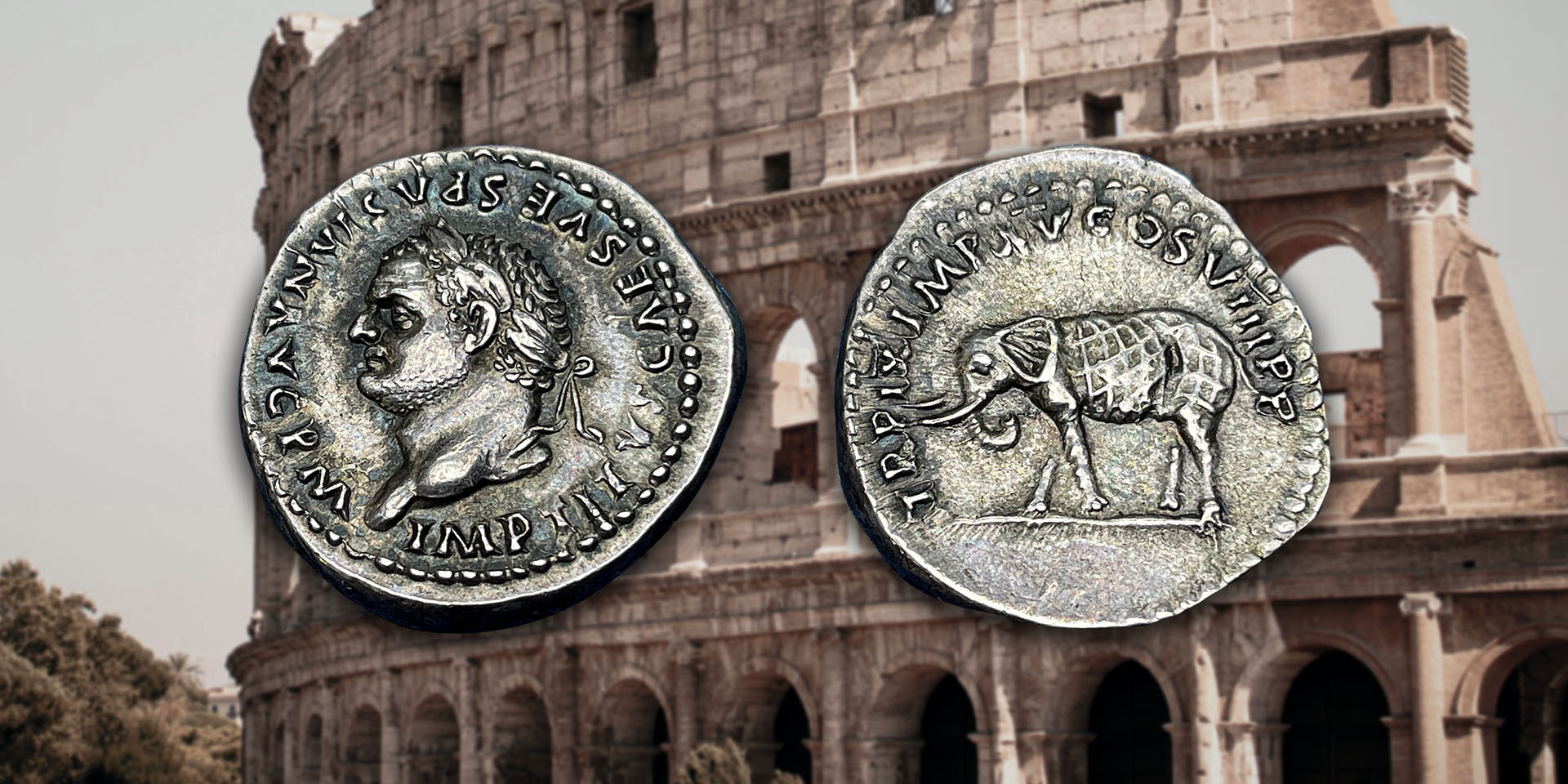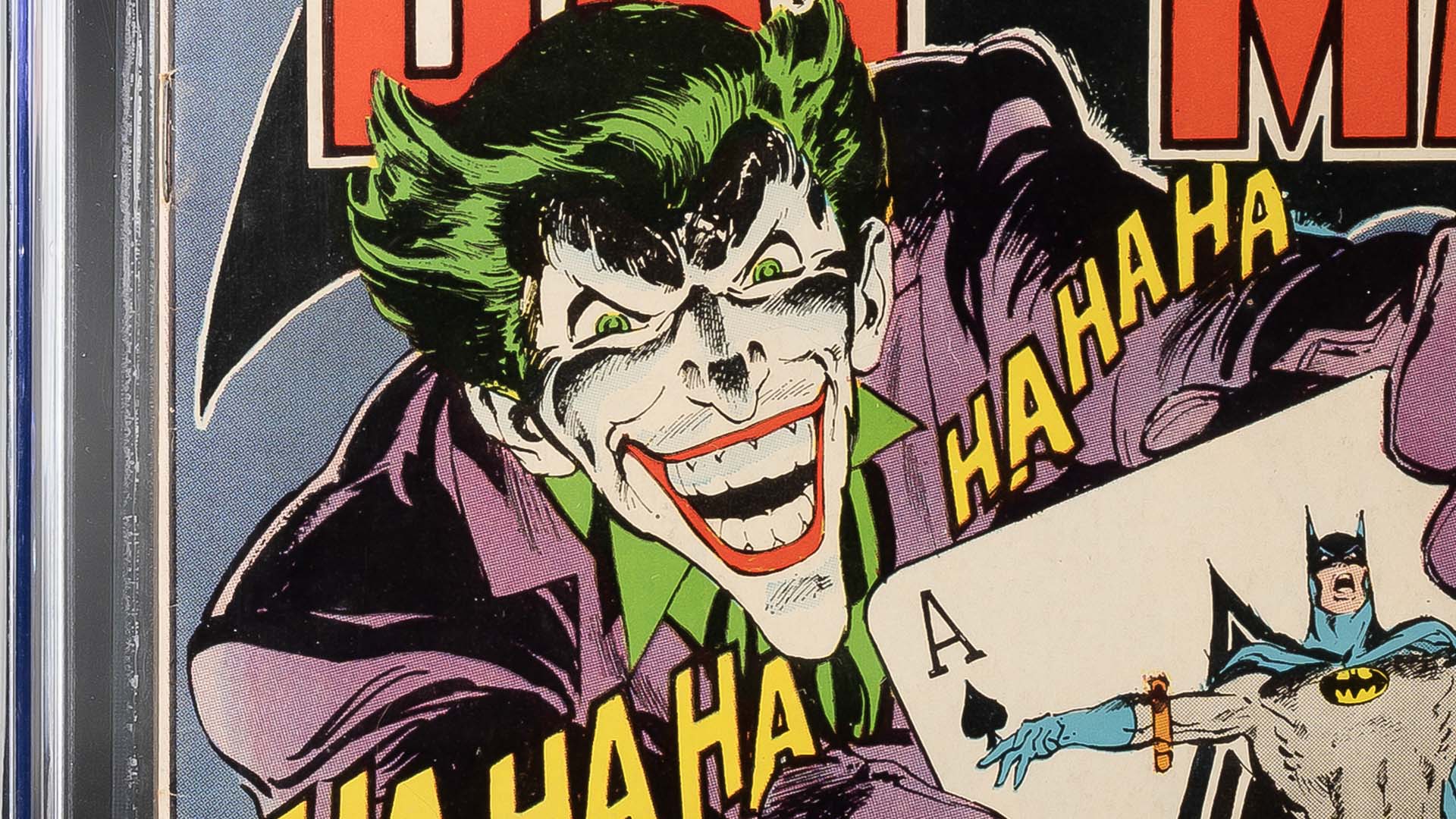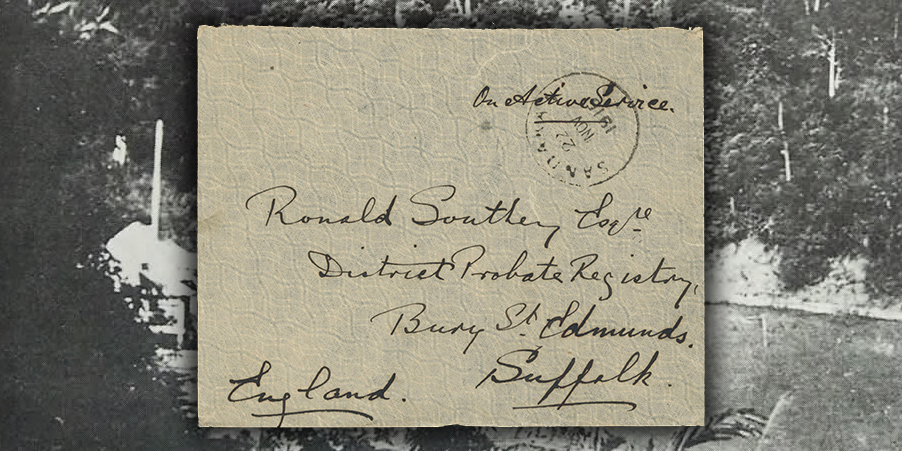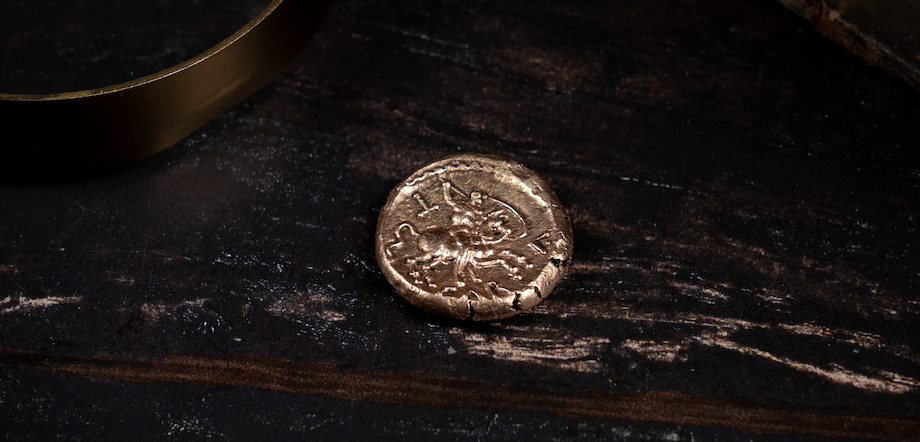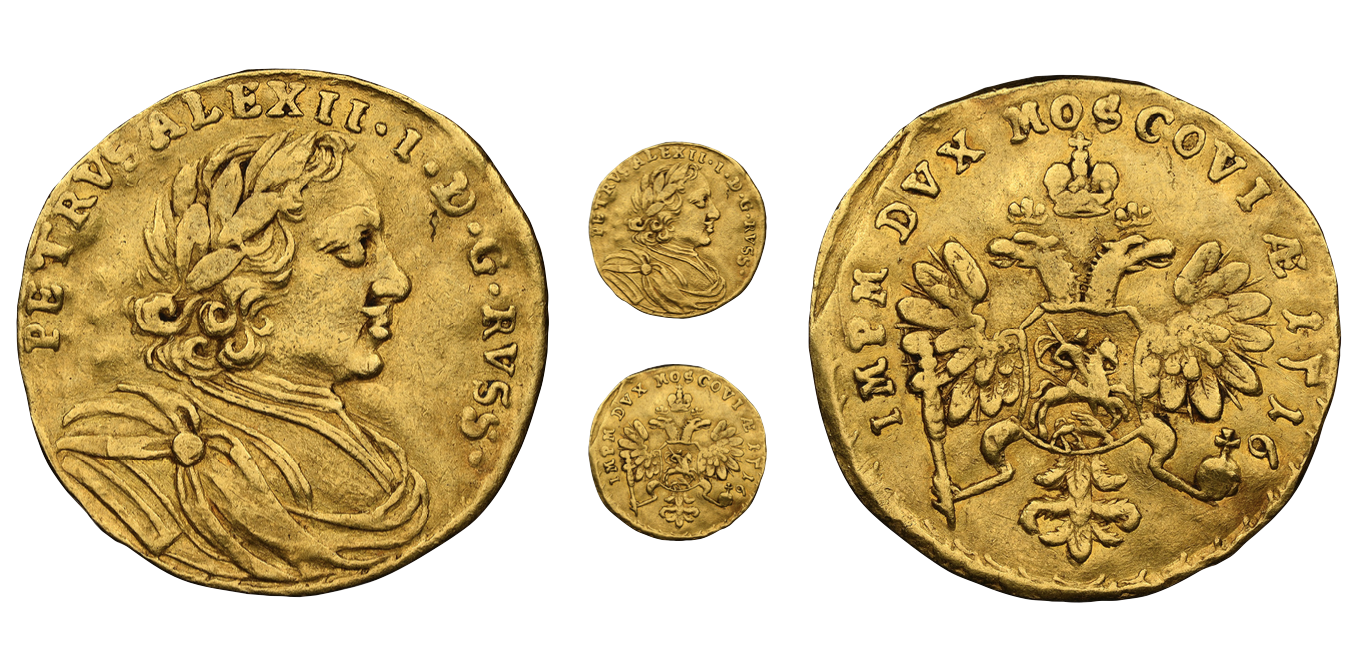The Roman Emperor Titus only ruled for two years, from AD 79-81, but his reign saw two hugely significant events in the Roman world. The first was the eruption of Mount Vesuvius in AD 79, which completely destroyed the towns of Pompeii and Herculaneum. These two locations have since become arguably the most important archaeological sites from the whole of the Roman world, yielding artistic masterpieces and everyday items and providing a window into Roman life at the time. For Titus, who’d only been emperor for a few months, the eruption was seen as the worst possible omen – a terrible sign from the Gods. Sacrifices and atonements took place across the city of Rome the following years.
Fortunately for the Emperor, a great celebration was due the following year. After nearly a decade, the colossal Flavian Amphitheatre was nearing completion. The enormous construction, now known commonly as the Colosseum, was funded from the spoils of Titus and his father Vespasian’s wars against the Jewish Revolt, which resulted in the sacking and destruction of Jerusalem. Now one of the most iconic buildings of the ancient world, the Colosseum was opened to great fanfare, with 100 days of gladiatorial games and celebrations. Included in these events were huge parades of exotic animals, including enormous elephants.
Coins were minted that year, commemorating the events. One such coin was a denarius (a silver coin worth around a day’s pay for a Roman soldier at the time), depicting an elephant. An exceptional example of this highly collectable coin will be sold at Baldwin’s Ancient Coin Sale on the 29th May 2024. It’s a very rare variety, with the Emperor’s head facing left rather than right. The condition is superb, the coin having seen little circulation and has developed an attractive, dark, cabinet tone. It’s from a large collection of Roman coins which will also be going under the hammer that day. The collector assembled coins of the highest quality, dating from the Roman Republic to the Third Century AD. This coin will be offered with an estimate of £2,000-2,500.
